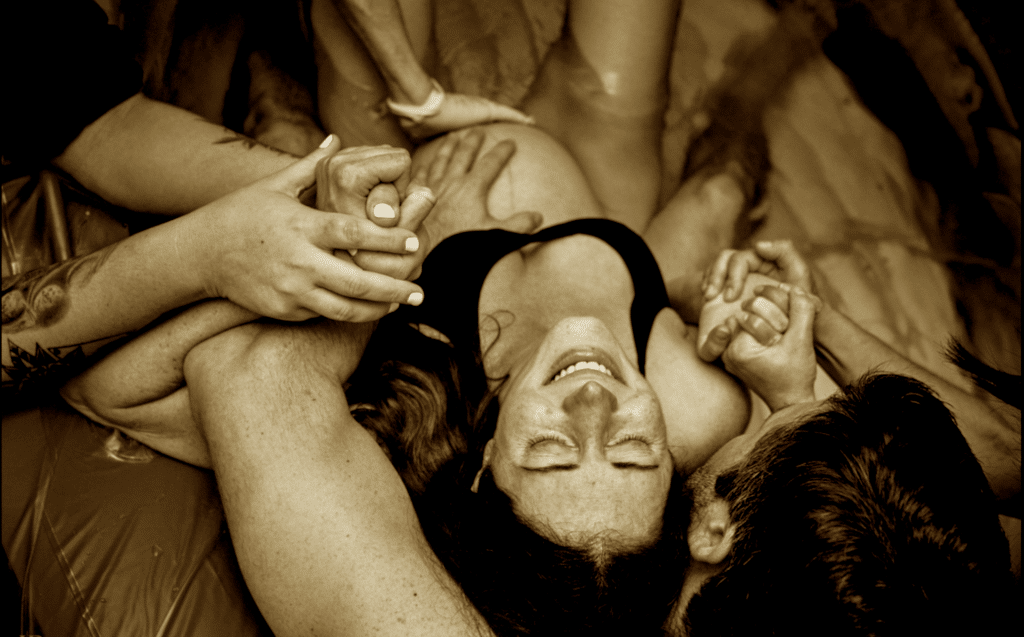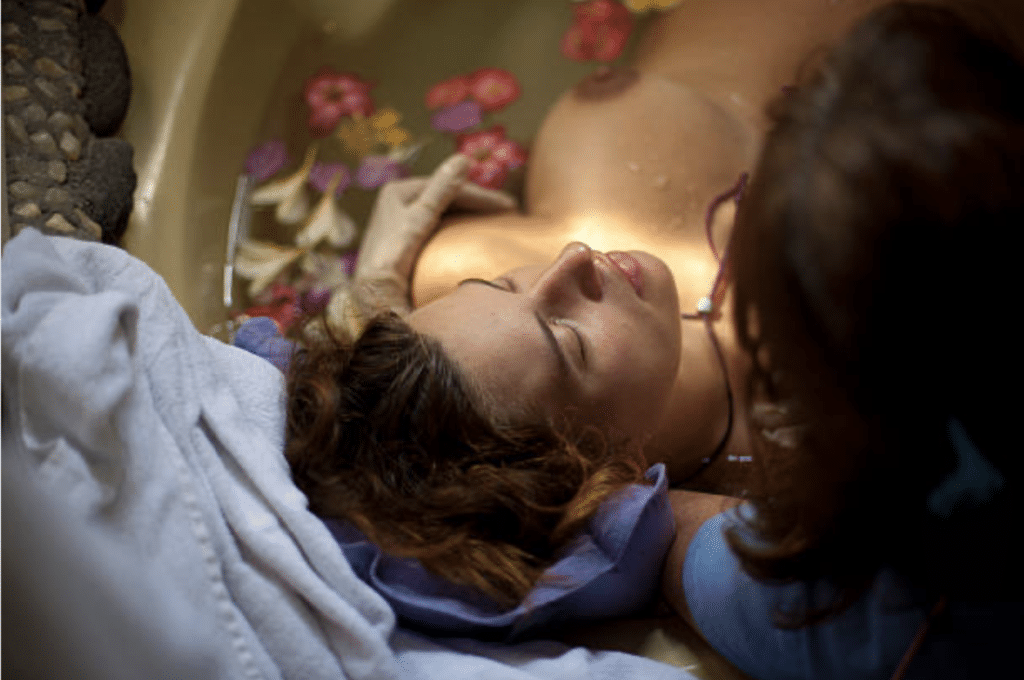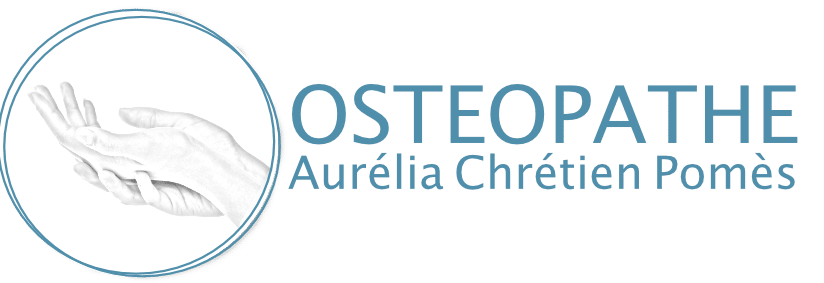
To give life
Welcoming life within you and giving life …
Carrying life for nine months, and delivering it during the process of childbirth is a sacred time in the life of a woman and a man.
This unique, natural time is sometimes planned, and sometimes it comes by surprise.
It is nine months of intense biological, physiological, emotional and spiritual processes.
Carrying life, and embracing these processes, initiates a journey back into the history of women in your lineage, back to the origin of your life, and to your birth into this world. This moment in life raises questions about a variety of relationships; to life, to others, to love and to family ties.
As the unborn baby swims in the safe, warm water, your tummy rounds, your body is changing, evolving all the time; the intense processes come to the surface. It is not only your unborn child growing, but also the sacred woman within you.
This is a time for deep questioning. And being immersed in these intense emotional and hormonal phases can be overwhelming.
As we unfortunately no longer live in tribes or close knit communities, the transmission of pregnancy and childbirth wisdom from woman to woman no longer takes place as easily or naturally. Walking the path of life discovery during pregnancy is now often done alone.
The confidence, the serenity of pregnancy and childbirth should be built through a calm, caring environment, imbued with humanity. However, this all-encompassing circle formed around the pregnant woman, to look after her, to guide her, no longer instinctively occurs.

Nowadays this circle is formed first at a medical level, consisting of a doctor, a midwife, a hospital, a maternity hospital. Medical examinations then set the pace, verifying normality, supporting and monitoring physiology and the body in a very Cartesian way. During complicated pregnancies, this is fair and viewed as an opportunity to support or increase the chance of healthy life for both the mother and baby.
The fear that such a moment of life can awaken in all those involved, must be taken into account. Clearly, and to reduce this potential fear, an informed woman is a better prepared, more confident and stronger woman. Each woman has this strength within her, and those who surround her during pregnancy until childbirth and the first months of the baby’s life will help her to connect with the sacred, the feminine, the life force that lives and grows within her.
Pregnancy and childbirth are not only physiological, but above all uniquely physical experiences lived within the body, and strong spiritual experiences lived within the mind.
As these process take place with an unparalleled depth and intensity, a woman who has given birth changes her outlook on the world, on women and on life.
A well-informed, well-supported woman is a woman who will surround herself with the right people for this unique adventure, with real freedom to choose consciously how she wishes to carry and give life.
Osteopathy and naturopathy are at the service of life and of women …
My wish in this article is to pass on the information I have to date and to shed light on some points that I think are essential as an osteopath and a mother of two children.
As I said earlier, during pregnancy, a woman’s body changes to support the development of the infant in utero. These changes are physical, anatomical, chemical and emotional – all at the same time.
When to consult an osteopath during pregnancy:
The osteopath is there to support the mother and her baby until the birth and after…
The treatments will help her release both body and emotional tensions; promoting in-utero growth and increasing the comfort of the mother throughout the pregnancy and during the day of delivery.
By relieving any pain naturally, the body will remain pain free and the general mobility of all joints, organs and the nervous system will be promoted, providing better vascularization of tissues.
The treatments are always gentle and respectful. The therapeutic touch is neutral and kind. Even so, it is important to choose the right therapist for you, one who will look after you during your journey. Make sure to question him or her about the techniques used and make sure that you feel respected. You should feel free in the conversation to speak up and ask any questions you may have.
The list is too large to name every situation that could require a consultation, but to give you an idea, disturbed sleep is a very good indicator. Your diet and the proper functioning of your digestive system (diet/elimination), are also important to keep in mind. Increased bodyweight, the change in its purely physical form, also causes new tensions on the entire spine, and can affect breathing. The treatments can help to preserve muscle and joint flexibility.
The job of the osteopath is to release and promote the relaxation of your body, helping the unborn baby to stay comfortable.
Pregnancy is progressive. Nine months allows you to gradually enter the process of creating life, allowing time for physical and emotional adjustment.
The woman gradually becomes a mother and experiences each month, each day, a change, a new cycle, through the process of growth.
Childbirth is in itself a new cycle, it is the last process before the arrival of a new being.
For myself, childbirth is also a highlight of this adventure. It is so important that the mother and the father have the correct information to make the right choices at this time: those that suit them.

A light on childbirth and the birth of the child:
Although some dads stay fairly distant during pregnancy, and things are still in the abstract, there is still time in the last month to bring them closer.
So, how can the future father become more involved?
Perhaps simply by telling him that indeed it is the birth of his wife but above all the birth of their child, of his child.
Let’s say that the woman and the baby are the main actors in a music concert, and the uterus the “conductor” (Elisa Boilot / midwife).
Each will play their part: the father, the medical staff, the midwife, the doula. None of the supporting roles can be underestimated, and it is vital that all the actors present must remain at the service of the mother and the child.
Understanding the physiology of childbirth and the emotional burden of the adventure is essential to experience it as serenely as possible. Even though being better prepared will not give you any certainty about what will happen, it will allow you to be more prepared and present to what could happen.
The play of hormones, the different phases of childbirth:
Oxytocin, endorphin, adrenaline are the hormones of the symphony.
Oxytocin makes the uterus work, providing the rhythm of the contractions. The endorphins allow the process to ebb and flow, despite the pain. The final phase of labour is the adrenaline rush that comes shortly before the arrival of the new born, giving the mother the strength to bring the baby into the world.
Top athletes, especially in high-risk disciplines, are familiar with this process of adrenaline rush and endorphins, of fear mixed with pleasure, caused by what they experience during their activities.
During the birthing process these hormonal discharges occur naturally and at the rhythm of the mother and the baby. Remember that the mother and the baby receive these hormones together, it is real teamwork, and the mother must remain present to her child, giving him or her strength that way.
Keep in mind that any outside chemical intervention will alter this natural hormonal cycle. It’s a bit like cutting the WI-FI between mom and child …
While it is sometimes essential to promote urgent intervention, it is also crucial to remain present, to connect with the child in all situations.

How to deal with the “phase of hopelessness”
In general, a woman manages her contractions and labor quite well until a particular time, until the hopelessness phase. This is when even the most determined women wanting a natural childbirth, the most resistant to pain, fall for the lure of an epidural.
This is the time when not only the body is exhausted and depleted, but also the mind.
The human supporting environment is essential at this time to help the mother reach deep within her being for the strength to believe in herself and in her baby to take this step and carry on with the labour.
Although this is normal to experience, this phase is usually not far from the baby’s arrival. It is a time when the mother will come face to face with the greatest ancestral fear, the fear of death intimately linked to life. It is not for anyone to judge the choice that a woman makes during that moment. It is hers to make.
During the delivery of my daughter Hinatéa, my second childbirth, I was determined to have the epidural, not wanting to give birth in pain, not at all informed of the natural hormonal process, of the benefits for the mother and the child… I was afraid, afraid of this pain…
I was in Polynesia with my family, being looked after by the hospital team of Raiatea, where only one anesthesiologist practices in the whole hospital, unsure he would be available on my arrival … I prayed that he would be there.
Thankfully he was at the hospital when we arrived early in the morning. Also there, like an angel, was the same midwife who helped me give birth to my son Kéa four years before, Raphaëlle.
Knowing the pain of labor contractions after my first birth, I delayed arriving at the hospital as much as possible. Half an hour after entering the maternity ward, my labor suddenly accelerated. My cervix was 9 centimeters open already, with no other choice but to go to the delivery room, not giving me the time to have the epidural.
Raphaëlle tells me that I can do it, that I am strong (I am in my phase of despair but I have no choice…) no time to have the epidural, it’s too late!
I have to face what lies ahead. I have no idea what is going to happen. The words, the love and the presence of my husband and baby, being in the moment, give me the strength needed.
In the now, you want to stay connected to your breath, to take advantage of each wave of release to fill yourself with positive energy both physically and mentally.
Fear leads to an adrenaline rush, you face it, and the body sends you endorphins, so you can let go … it comes in waves, they follow one another, but in between you can breathe, recover. The baby synchronizes with the mom, the heart slows down, calming down, and sometimes feels like a moment of distress…but the baby too is patient like you and needs this time to rest and slow down.
Trust and being confident is not easy at a time like this, yet you have to be.

A father, the protective guardian
The father is a facilitator, the protector of your intimate and vital space.
He is the one who will keep you in your bubble during childbirth.
He will know how to manage the logistics, the correct distance from the medical staff.
He will respect your intimate convictions and will also give you strength during your moments of doubt, regardless of his own, trusting and believing in you.
His contact through massage, his warmth, his simple presence will be of great help.
He too must be prepared for this moment and be informed. He must know the way to walk by your side at that time and carry you on the road if you need to.
If there is no guarantee of the people that will show up on D-Day, it is possible to choose the place of delivery together according to your birth plan.
Once again, the important thing is to choose a place where you can feel as free as possible. The freedom to choose your birthing position; squatting, on your side, standing … just to move when you need to, want to.
More and more hospitals and maternity wards are equipping themselves with a “nature” room, equipped with a bathtub, balloons, wireless monitoring, a round bed, a room that can be an adapted room and offered not only during labor but can sometimes also be a birth room.
These rooms create a warmer climate and conditions favorable to the desire of epidural-free or simply gentler childbirth.

The moment of reception:
The baby is here and it’s time to meet for the first time.
The first glance, the first contact is to be privileged in skin to skin, in the heat, in the softness.
It’s quite magical to see that the baby knows how to suck and latch from the first seconds, against his mother, in the heat he gains confidence in this new space.
The Father will then be able to cut the cord.
Within half an hour, breastfeeding will expel your placenta in the most natural way possible.
In some countries, such as French Polynesia, you will be offered to keep the placenta that you will freeze in the maternity ward in order to take it home in a small cooler.
It is traditional to plant it at the foot of a fruit tree in your garden or to release it at sea to make your baby a future great fisherman.
Have you heard of lotus babies as well? …
The sacred placenta is dried and even eaten, alternatively a piece of the cord and the placenta are kept in a small vodka vial for their therapeutic virtues … Each to their own, paying homage, celebrating the sacred part of this unique moment of life, so singular, the arrival in the world of the child.

French Bibliography :
Un livre :
« J’accouche bientôt , que faire de la douleur ? » Maïté Trelaün
« bien être et maternité » & « Périnée, arrêtons le massacre ! » Bernadette de Gasquet
Un site :
Un site : sans-peri.com

